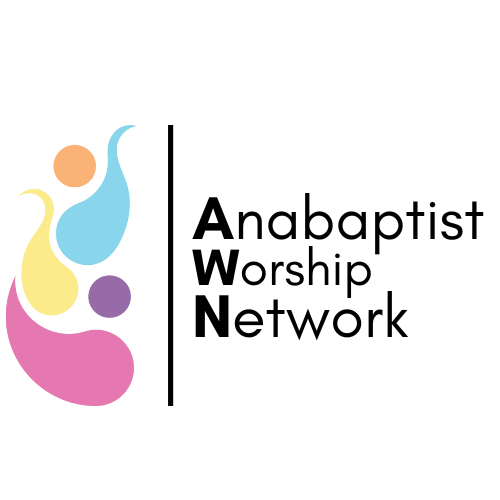Cultural Appropriation
By Katie Graber
I have taught about cultural appropriation in world music survey classes for many years, and have found that definitions such as this one from Oxford English Dictionary only scratch the surface:
Cultural appropriation: The unacknowledged or inappropriate adoption of the practices, customs, or aesthetics of one social or ethnic group by members of another (typically dominant) community or society.
Visit Ellie Yang Camp’s website to find a PDF of this material: Cultural Appropriation: Is this appropriation or appreciation?
The complexity comes, in part, from the ambiguities in “unacknowledged” and “inappropriate.” What is a proper acknowledgement, and what would make a performance more or less appropriate?
I have used Ellie Yang Camp’s wonderful chart and accompanying questions (left) in many presentations to clarify some of these issues.
Discussing these “Clarifying Questions” leads people to think through topics like permission, ownership, understanding, and more. With these ideas in mind, I developed a set of sliding scales that could help individuals and communities consider whether their engagement in music could be more appropriate and better acknowledge the source. (See below, and thank you to Erik Mohr for creating this working slider!)
This scale is not comprehensive; it does not take into account important questions such as the identity of the audience, or the history of the performance practice and its relation to colonialism, slavery, or other violent histories. It also does not consider the purpose of the performance (such as education, participatory interaction, or for the performer to make money). All of these things could tip this scale one way or another, but they are difficult to quantify by a straight line.
This scale is not meant to give a definitive answer about whether a type of music is “ok” or “off limits.” Instead, it is meant to help people articulate what they could be doing better, or perhaps when they should set a practice aside. Further discussion on this important topic will inevitably bring up more questions, and I hope these engagements lead to deeper understanding and meaningful participation in music.
Katie Graber is an ethnomusicologist who studies race and ethnicity in a variety of contexts including Mennonite music, American music, and European opera. She has taught classes on Western music history and world music, leads singing at her church in Columbus, Ohio, and was the chair of the Intercultural Worship committee for the Voices Together project.


